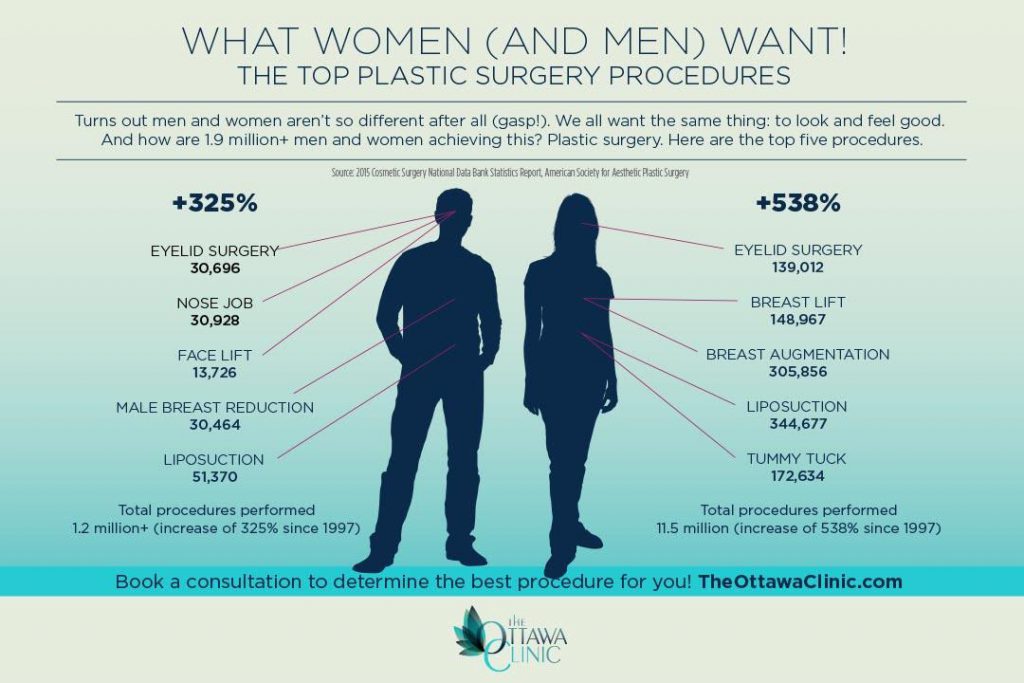Hormonal acne is defined by stopped up pores and oily skin that commonly shows up on the chin and jawline. It happens when hormonal adjustments cause swelling and bacterial overgrowth within hair follicles.
Outbreaks may appear as whiteheads, blackheads, papules or pustules and cysts or nodules in a lot more extreme cases. It is more common in teens undergoing the age of puberty but can impact adults of any type of age.
What Triggers Hormone Acne?
While acne can be brought on by a selection of variables, including using hair and skin care products that aren't oil-free or made with ingredients that could block pores, hereditary proneness, diet regimen,2 and stress and anxiety, the origin is changing hormonal agents. Hormone acne takes place when the body experiences hormone adjustments and variations that bring about an overproduction of sebum, which causes inflammation, increased growth of germs and modifications in skin cell task.
Hormone acne is commonly located on the reduced jawline, cheeks and neck yet can show up anywhere on the body. It is identified by imperfections that are cystic, painful and filled with pus or other product. It is additionally more probable to occur in females than males, specifically throughout the age of puberty, the menstruation, maternity or menopause.
Age
While lots of youngsters experience acne eventually during puberty, it can continue to plague grownups well right into the adult years. Called hormone acne, this type of breakout is tied to fluctuations in hormonal agents and is commonly most usual in ladies.
Hormone acne occurs when oil glands produce way too much sebum, which obstructs pores and catches dead skin cells. This causes the formation of blemishes, such as whiteheads, blackheads and papules, pustules, cysts or blemishes, deep under the surface area.
This kind of acne frequently causes discomfort, inflammation and inflammation. It may additionally be intermittent and show up around the exact check here same time monthly, such as right before your duration begins. This is since degrees of female hormones like progesterone and oestrogen fluctuate with each menstruation.
Menstruation
Hormonal acne typically shows up in the reduced part of your face, along the jawline and cheeks, as whiteheads, blackheads or inflammatory pimples (pimples and cysts). It's more than likely to appear around the time when your menstruation modifications.
Particularly around ovulation, when estrogen and progesterone degrees get on the rise, hormonal agent changes can trigger breakouts. Yet it's likewise possible to obtain acne at any factor throughout your 28-day menstrual cycle.
If you see that your hormone acne flares up right prior to your period, try observing when exactly this takes place and see if it associates with the phases of your 28-day menstruation. This will certainly assist you pinpoint the origin of your skin difficulties. For example, you might want to work with balancing your blood sugar and removing high-sugar foods, or think about a prescription medication like spironolactone that can control your hormones.
Maternity
Growing a child is a time of remarkable hormonal modifications. For numerous females, this consists of a flare-up of hormonal acne. This kind of breakout normally begins in the initial trimester, around week six. It's caused by hormonal agent surges that stimulate sweat glands to make more oil, which can obstruct pores and cause even more bacteria to accumulate.
Breakouts might likewise take place as a result of pre-existing conditions like polycystic ovary disorder, which can also be a concern during pregnancy and menopause. Additionally, some kinds of contraceptive pill (such as Ortho Tri-Cyclen and YAZ) can activate hormonal acne in some ladies.
Thankfully, the majority of acne treatments are "no-go" for expectant women (consisting of popular acne-fighting components such as isotretinoin and spironolactone). But if you can't stay clear of those bothersome bumps, your doctor may suggest oral erythromycin or cephalexin, which are secure during pregnancy.
Menopause
As ladies approach menopause, the estrogen levels that created their hormone acne to flare throughout adolescence start to stabilize and reduce. At the same time, however, a spike in androgens (likewise called male hormones) happens because these hormones can not be converted into estrogen as efficiently as in the past.
The excess of androgens can activate oil production by the sebaceous glands, which obstructs pores. When the clogged pores ended up being swollen and irritated, a pimple kinds.
Hormonal acne is usually seen on the face, specifically around the chin and jawline, but it can happen on the neck, back, shoulders, or upper body. This type of acne has a tendency to flare in an intermittent pattern, similar to the menstruation. Stress, which enhances cortisol and tosses hormonal agents out of balance, likewise adds to the outbreaks.
